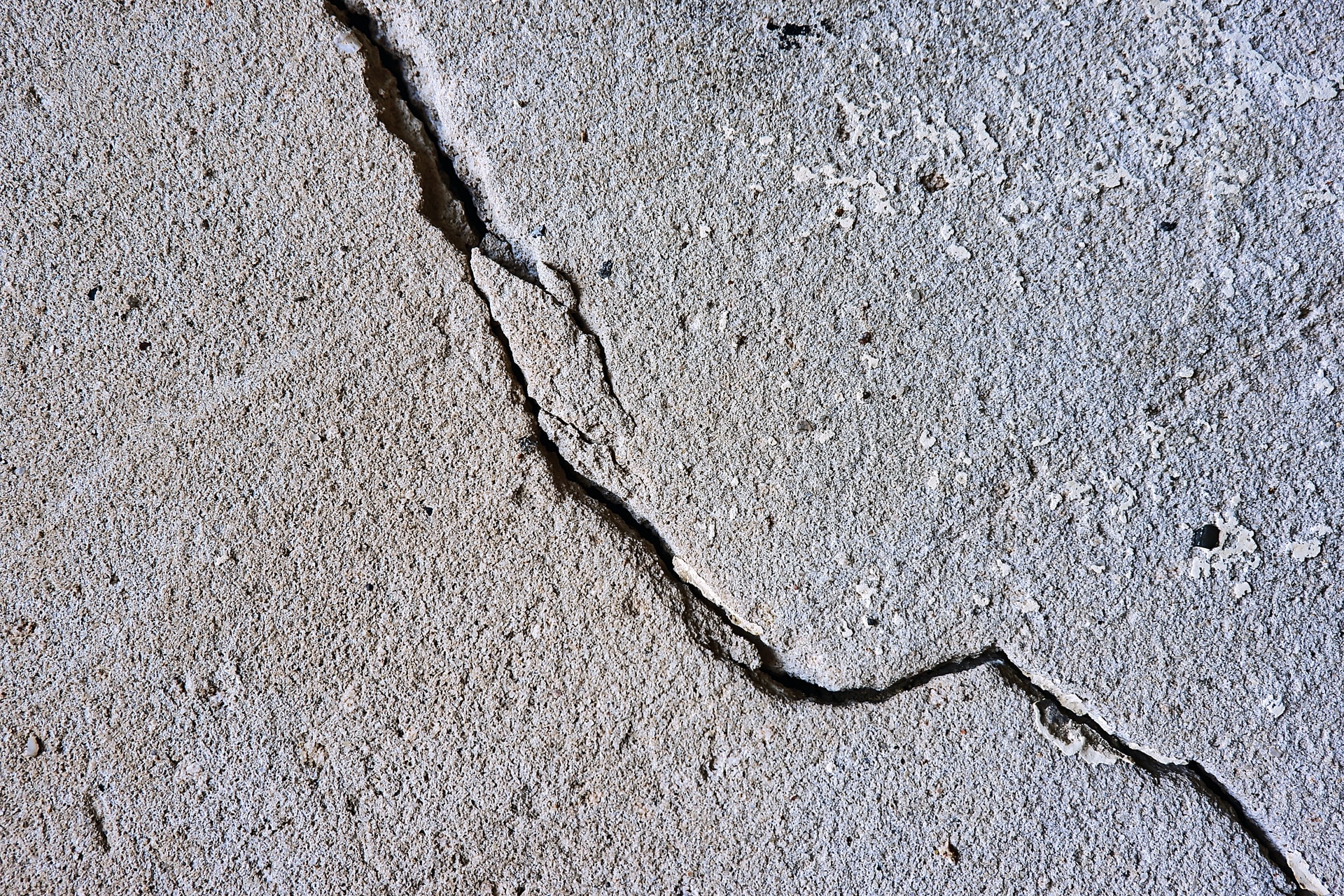Media release
From: QuakeCoREA Te Hiranga Rū QuakeCoRE media release
If you go by how many people are involved, ShakeOut is the biggest piece of science that happens in Aotearoa. Researchers have recently released a paper looking at whether participants learn ways to better protect themselves in an earthquake from taking part in ShakeOut.
“In NZ, the leading causes of death and injury during earthquake shaking are flying objects and people falling during shaking,” said Professor David Johnston, Leader of the Pathways to Improved Resilience programme of Te Hiranga Rū QuakeCoRE – a network of over 180 active researchers and one of the authors of the paper.
CCTV footage from the 2011 Christchurch earthquake showed most people didn’t ‘drop, cover, and hold’ even though it could have protected them. This is one of the reasons the first ShakeOut drill was introduced in 2012.
“The hope was that physically practising how to protect yourself in a shake would make people safer when it happened,” said Prof Johnston.
Insert QuakeCoRE video here - https://www.youtube.com/watch?v=hk4XEKLsBEE
The research found people who had previously participated in a ShakeOut earthquake drill had a better understanding of the correct actions to take during earthquakes, as well as a greater likelihood of performing these correct actions when a real earthquake struck.
“Not only that, participants in ShakeOut were more likely to have performed other earthquake preparedness actions, such as having water for several days at home and go bags at work,” said Prof Johnston.
Interestingly, people thought about earthquakes differently depending whether they’d done ShakeOut.
“People who were involved in the drill were less fatalistic, more realistic about the likelihood of an earthquake occurring, and also reported earthquake preparation as less inconvenient and less difficult than people who didn’t join in,” said Prof Johnston.
“Participants in the drill who then prepared for earthquakes were more likely to believe their home would be liveable and that they would be able to deal with any disruptions,” said Prof Johnston. “However, there is still some work to do on educating people on what to do if they are outside in an earthquake.”
Fifty one percent of those sampled reported the correct action to take in an earthquake when the hypothetical scenario was based inside. Only 14.1% knew what to do when it was based outside.
“We know from our research that being inside a building that collapses is often perceived as a larger risk, and this has an impact on how people behave,” said Prof Johnston.
“It was rare for participants to understand the importance of moving into a clear space away from hazards when outside, as well as dropping to cover and hold,” said Prof Johnston. “We need to practice what to do in an earthquake in different contexts, like walking along the street and driving.”
Prof Johnston is keen to do more research around the tsunami hikoi that runs alongside Shakeout.
“QuakeCoRE was part of producing a fabulous bilingual resource called Ruamoko’s Walk that tells the story of the earthquake god and the natural warning signs of tsunami,” said Prof Johnston. “It is a great resource that will work well with an action orientated tsunami drill.”
The research had a final sample of 1,510 people. Sixty-eight percent of the total sample indicated that they had participated in the New Zealand Shakeout earthquake drill conducted the year prior to the survey (either 2012 or 2015) while the remaining 32% had not participated in any ShakeOut drill before.
New Zealand ShakeOut is our national earthquake drill and tsunami hikoi. It will took place on Thursday 15 October 2020 at 9.30am.
The QuakeCoRE video about making people more resilient to earthquakes is at https://www.youtube.com/watch?v=hk4XEKLsBEE
Ruamoko’s walk can be watched on YouTube at https://www.youtube.com/watch?v=wgYTh_NP8QEv.


